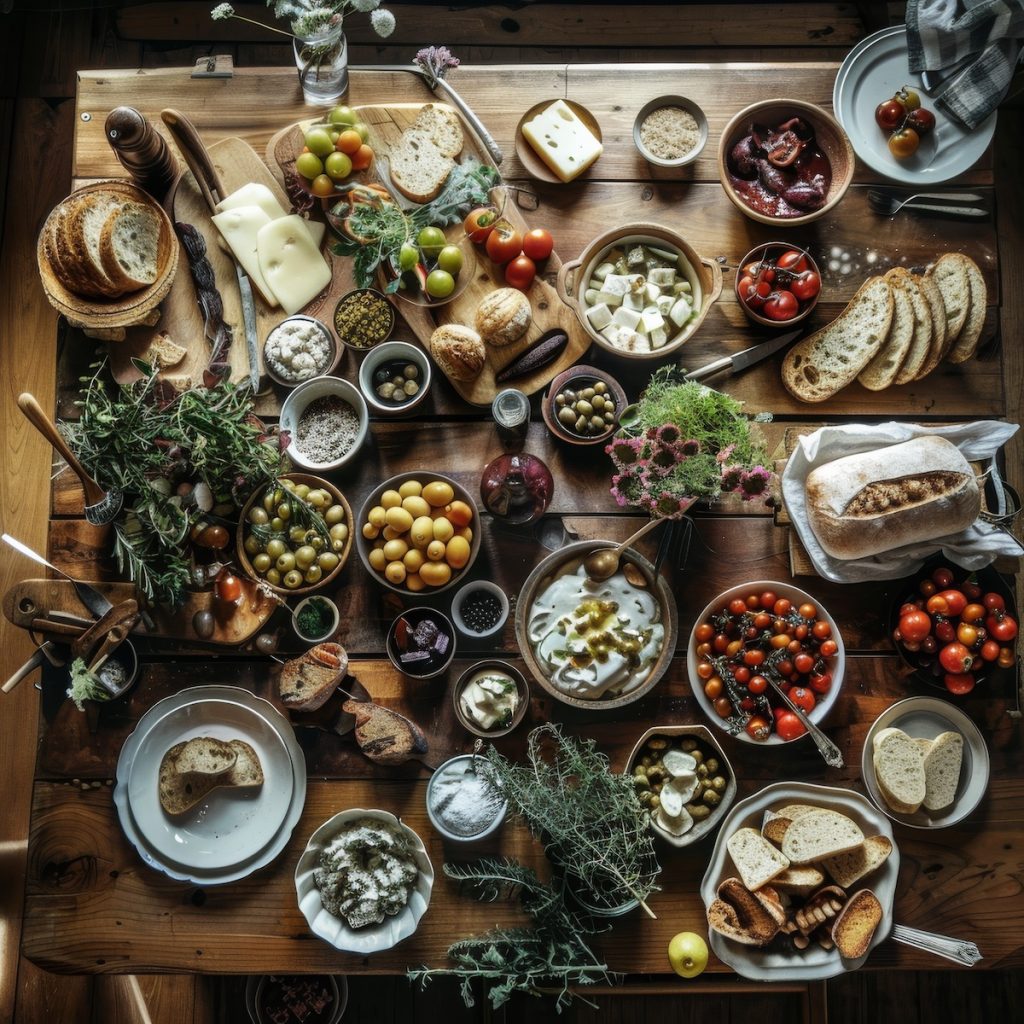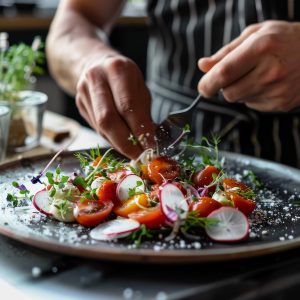What Is The Slow Food Organization?
Ecologically sound farming practices and cuisine with strong ties to the land are becoming increasingly important in the culinary world. From restauranteurs who have their own farms to open-air markets that cater to an upscale clientele, everyone is starting to tap into the idea that good cuisine starts at its most basic level—its roots.
Slow Food is an organization that works hard to support this more healthy and sustainable way of living and eating. This grassroots company has thousands of worldwide members and contributes to many smaller, locally driven programs dedicated to filling our plates with fresh and healthy options.
Slow Food currently has over 200 chapters in the United States alone. Its mission, “to create dramatic and lasting change in the food system,” is accomplished through a combined focus on food production and policies, and many of their changes start a small level and move up through entire communities and the political systems contained therein.
This combined focus—on good, healthy food and changes at the political level to sustain it—makes Slow Food unique.
Their activities include:
Public education and awareness, especially regarding the risks of fast food
Protecting biodiversity among both animals and produce
Advocating for farmers and artisans committed to the Slow Food way of life
Hosting events that promote local cuisine and customs
Organizing small-scale processing facilities
Celebrating food, community, and tradition
Lobbying against unsafe food practices
Slow Food was founded in 1986 by a food advocate named Carlo Petrini. As the name suggests, it was meant to be a simple alternative to the fast food craze and a direct opposition to a McDonald’s opening near the Spanish Steps in Rome.
Since then, there are now more than 100,000 members worldwide, represented across 132 countries.
Because Slow Food is still a somewhat new organization, it isn’t well-known in the culinary market—especially in the United States. However, many top culinary schools have recognized the organization and even included components of it in their curriculum.
If you’re interested in learning more about the Slow Food movement and where it can be found in your region, visit them on the web at http://www.slowfoodusa.org/.











